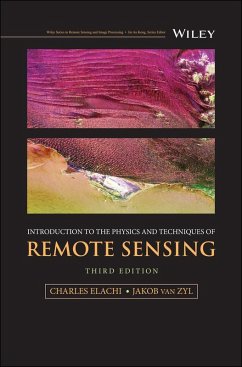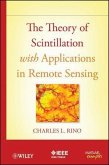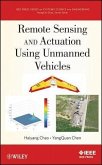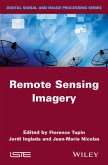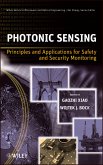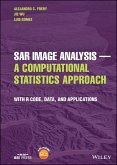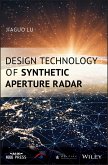INTRODUCTION TO THE PHYSICS AND TECHNIQUES OF REMOTE SENSING DISCOVER CUTTING EDGE THEORY AND APPLICATIONS OF MODERN REMOTE SENSING IN GEOLOGY, OCEANOGRAPHY, ATMOSPHERIC SCIENCE, IONOSPHERIC STUDIES, AND MORE The thoroughly revised third edition of the Introduction to the Physics and Techniques of Remote Sensing delivers a comprehensive update to the authoritative textbook, offering readers new sections on radar interferometry, radar stereo, and planetary radar. It explores new techniques in imaging spectroscopy and large optics used in Earth orbiting, planetary, and astrophysics missions. It also describes remote sensing instruments on, as well as data acquired with, the most recent Earth and space missions. Readers will benefit from the brand new and up-to-date concept examples and full-color photography, 50% of which is new to the series. You'll learn about the basic physics of wave/matter interactions, techniques of remote sensing across the electromagnetic spectrum (from ultraviolet to microwave), and the concepts behind the remote sensing techniques used today and those planned for the future. The book also discusses the applications of remote sensing for a wide variety of earth and planetary atmosphere and surface sciences, like geology, oceanography, resource observation, atmospheric sciences, and ionospheric studies. This new edition also incorporates: * A fulsome introduction to the nature and properties of electromagnetic waves * An exploration of sensing solid surfaces in the visible and near infrared spectrums, as well as thermal infrared, microwave, and radio frequencies * A treatment of ocean surface sensing, including ocean surface imaging and the mapping of ocean topography * A discussion of the basic principles of atmospheric sensing and radiative transfer, including the radiative transfer equation Perfect for senior undergraduate and graduate students in the field of remote sensing instrument development, data analysis, and data utilization, Introduction to the Physics and Techniques of Remote Sensing will also earn a place in the libraries of students, faculty, researchers, engineers, and practitioners in fields like aerospace, electrical engineering, and astronomy.
Dieser Download kann aus rechtlichen Gründen nur mit Rechnungsadresse in A, B, BG, CY, CZ, D, DK, EW, E, FIN, F, GR, HR, H, IRL, I, LT, L, LR, M, NL, PL, P, R, S, SLO, SK ausgeliefert werden.

